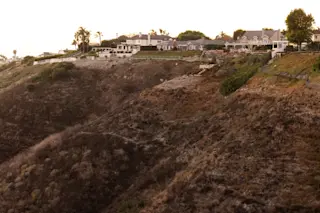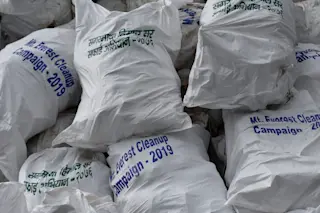Every winter, a thick cloud of brown smog settles over South Asia, stretching from southern China, across India and Pakistan, to the northern reaches of the Indian Ocean. For everyone who lives with the so-called "Asian brown cloud," this air pollution is just a fact of life.
Pilot John Horwood says the worse part about flying into Hong Kong is the suffocating, two-mile-thick blanket of pollution that hovers between 15 and 18,000 feet. "The whole cockpit fills with an acrid smell," says Horwood, who started noticing the cloud in 1997. "Each year it just gets worse and worse" [Time].
But scientists have long puzzled over the cloud's source: Is it produced by burning biomass, or by the combustion of fossil fuels? Now researchers have analyzed the cloud's composition, and found that two-thirds of the haze is produced by burning biomass, primarily the wood and dung burned to heat houses and ...













